Pelargoniums PAC Viva: description of varieties and care
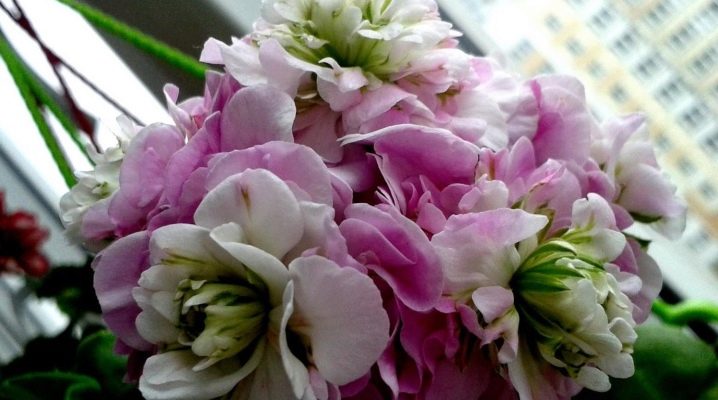
Many housewives love to decorate their interiors with indoor plants, especially those that give a beautiful flowering. Indoor flower pelargonium PAC Viva is one of those. It is simply impossible to pass by such a flower, its delicate buds will surely make you look at yourself. It is thanks to the graceful flowering, as well as the ease in home care, that pelargonium can often be found in homes. In addition, for a long time, she pleases the housewives with the beauty of her inflorescences.
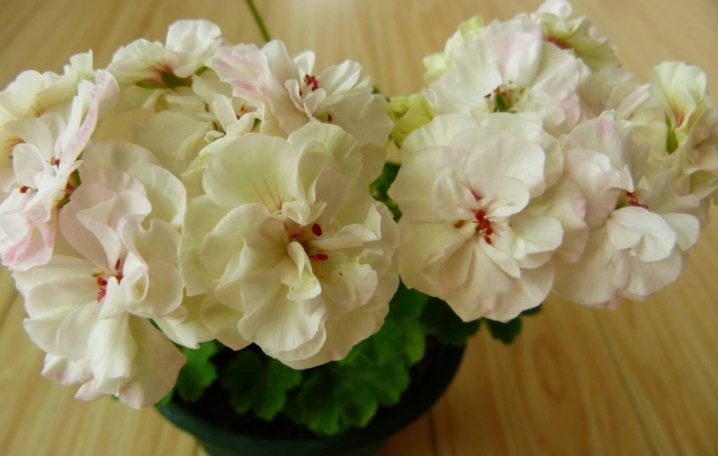
General information
This plant was first bred by breeders from Sweden, who soon after brought their brainchild to a European exhibition. There, pelargonium caused a great stir, which led to a flurry of positive reviews. This exquisite flower became a multiple winner at various flower festivals, including in the capital of Russia, where it was brought in 2012.
This variety of pelargonium differs from the rest in numerous voluminous flowers, collected in separate umbrellas on the leg.
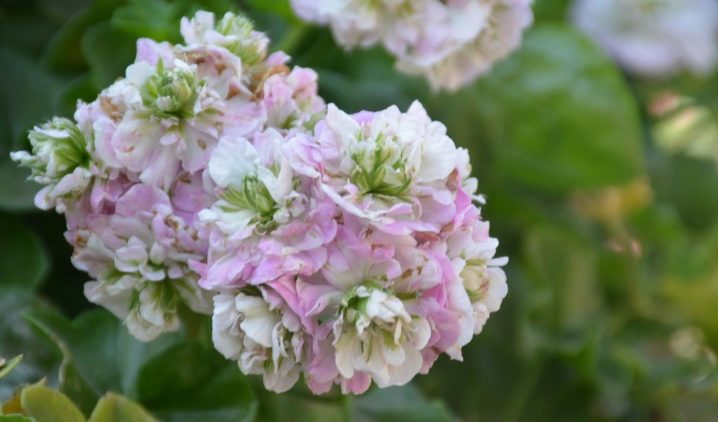
The inflorescences of the PAC Viva cultivar have similar external features to rosebuds and a flower such as ranunculus (a special kind of buttercup). The surface of the petals to the touch resembles a terry. The number of flowers on one umbrella can vary from 6 to 30 pieces. The size of a single flower is about 5 centimeters. The arrangement of the buds in the inflorescence is quite loose, which makes it easy to view each flower in the umbrella.
One of the advantages of PAC Viva Pelargonium is its long flowering time.
The growth of the inflorescence itself can occur for quite a long time. However, when the buds are in full bloom, they will be able to delight you with their luxurious flowering for two weeks, and sometimes a little longer.
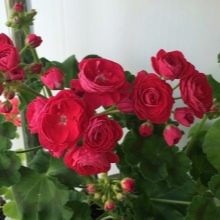

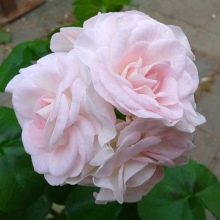
The plant itself is small, it does not belong to ampelous, therefore it will not scatter its branches on the sides. They grow quite tightly together. The leaves are hard and rough to the touch in structure. Their color is dark shades of green. Observing a plant in a well-lit room, you will notice that its foliage is replenished with even more new leaves. Consequently, an increase in the number of leaves will be followed by an increase in the number of inflorescences. The flower will become even richer and more beautiful to look at.
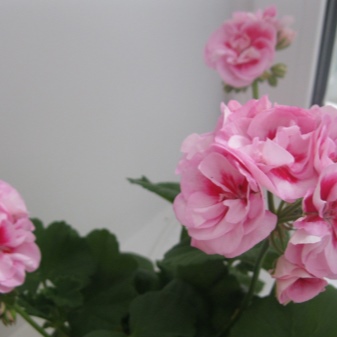
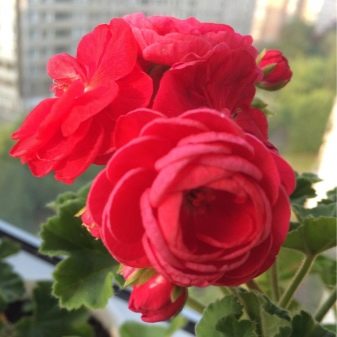
Varieties
At one time, breeders were not too lazy to create several types of such a beautiful flower as PAC Viva pelargonium, and, undoubtedly, they only benefited from this. Each of these types has its own individual characteristics, a detailed description of which is indicated below.

- PAC Viva Carolina... The flower of this species pleases us with large buds, the color of which is a combination of white with a pale lilac color. Densely growing inflorescences have a fleecy surface. One umbrella has about 5-6 flowers. A healthy adult of this species is distinguished by rich flowering. The leaves have a deep green color, typical for PAC Viva pelargonium.
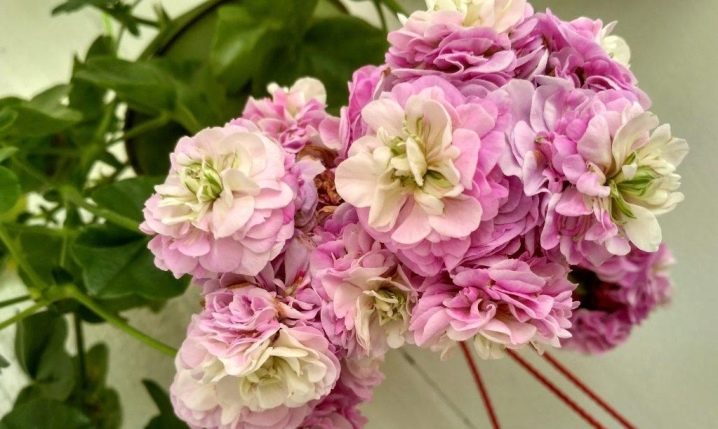
- PAC Viva Madeleine. This pelargonium is the most compact of all PAC Viva varieties. Its leaves are not as large as, for example, "Carolina", the color is a dark green hue. The outlines of the shrub are neat. PAC Viva Madeleine blooms in about the same way as other representatives of the variety. The flowers are white, with a light pinkish color.
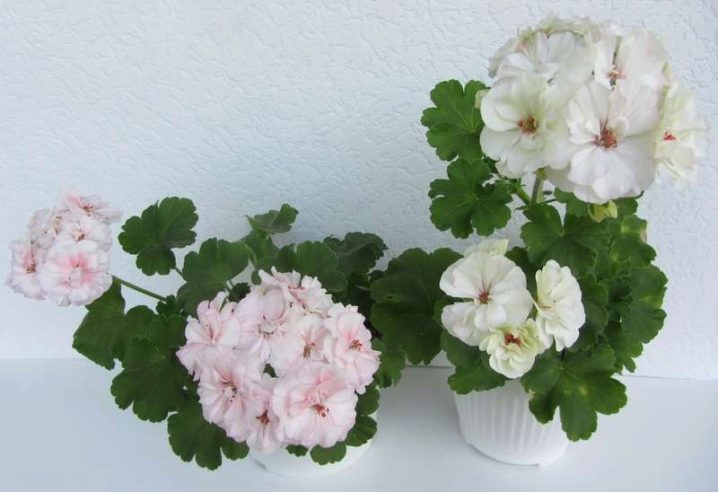
- PAC Viva Rosita. From the name of the species, you can understand what color the petals of pelargonium are - bright pink or coral.The leaves of "Rosita" are distinguished by a lighter shade than all the others. The plant stands out for its splendor and density of flowering. One inflorescence has about 5-7 flowers. Pelargonium looks amazing when the buds are blooming.
Such a flower will become a bright blotch in the design of any room.
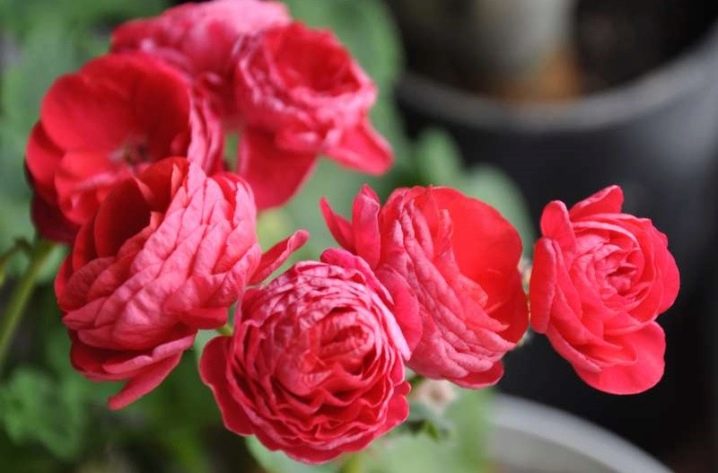
- PAC Viva Maria. The peculiarity of Maria Pelargonium is the unusual color of the buds, which combines white and deep pink colors. The petals, white at the base, acquire a bright pink color closer to the middle. The leaves are medium in size and have a rich green color. Pelargonium blooms for a period of fifteen days, has a rich color, while maintaining a neat appearance.
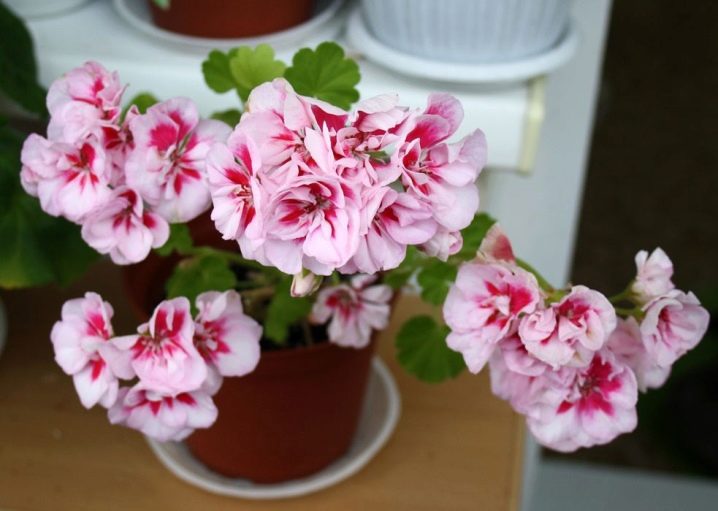
Growing and nursing process
For those who want to buy this graceful flower for themselves, you need to know that it is more profitable to buy not a young plant (its cost will be in the range from 500 to 800 rubles, depending on the manufacturer), but a pelargonium shoot, the cultivation of which at home will not cause big problems , subject to the tips below.
- Pelargonium PAC Viva of any variety is grown at home from late autumn to early spring. This is due to the fact that the development of the plant must take place during the period when the day begins to become longer.

- For planting, a special land mixture is required, which can be purchased ready-made in gardening stores. You can also do it yourself by purchasing the components separately: turf, organic rock (peat) and sand. The proportion should be kept as follows: 2: 1: 1. Mix all the components and put them in a prepared container.
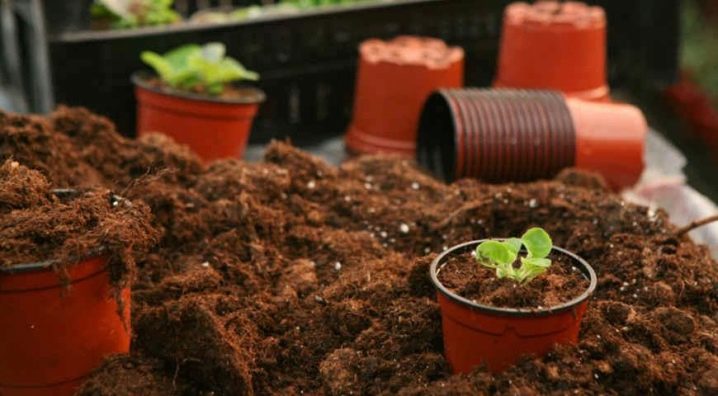
- If seeds are used for reproduction, then they are planted in an oblong container. The grains are arranged so that there is a gap of about 4-5 centimeters between them, they are covered with earth on top. Moistening the soil is carried out with a sprayer with water that was previously settled. After that, the seed tray is covered with cling film, which is opened every day so that the seeds can be saturated with oxygen.
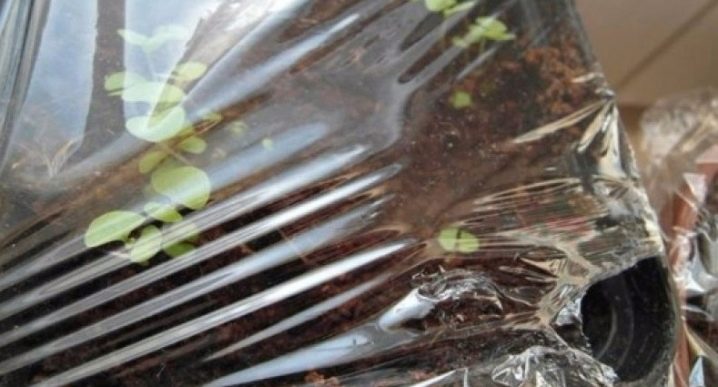
- For planting cuttings, use containers with a small volume. We place the stalk in the pot, after which we moisten the soil with settled water, you do not need to cover with anything. The shoot requires constant lighting and regular watering. As soon as the young plant begins to develop the root system, we transplant it into a looser pot, proportional in length and width.
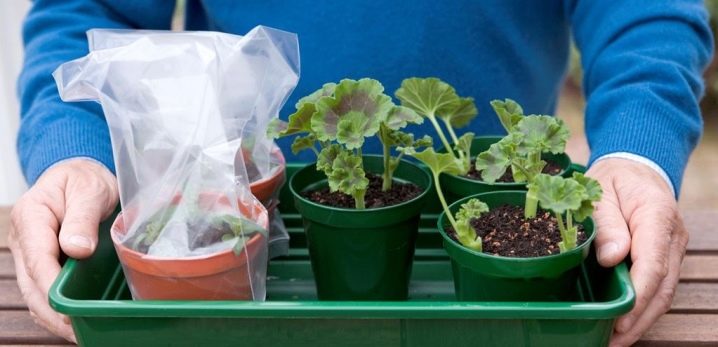
An adult pelargonium PAC Viva does not require constant attention. Caring for this plant is limited to regular watering, spraying, as well as a properly selected corner in the room. Despite the fact that other varieties of pelargonium love light, this species prefers not too bright lighting. It is better to choose the shady part of the room. As soon as the weather permits, the plant can be taken out to the balcony or loggia so that it is saturated with oxygen.
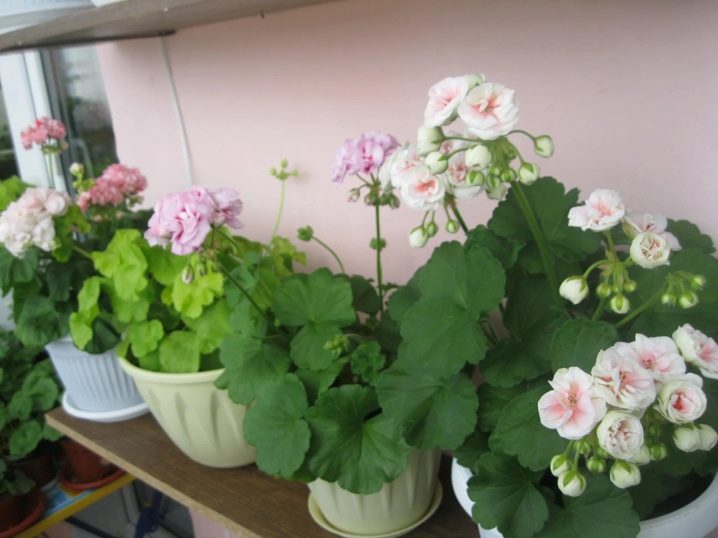
Often it is not necessary to water pelargonium, this can cause the roots to rot. It will be enough to moisten the soil as soon as it begins to dry out.
It is best to choose drainage pots for planting, which will help not to retain water in the soil. It would be more correct to put a tray of water under the flower. Thus, the root system of the plant will always be supplied with the necessary amount of moisture.
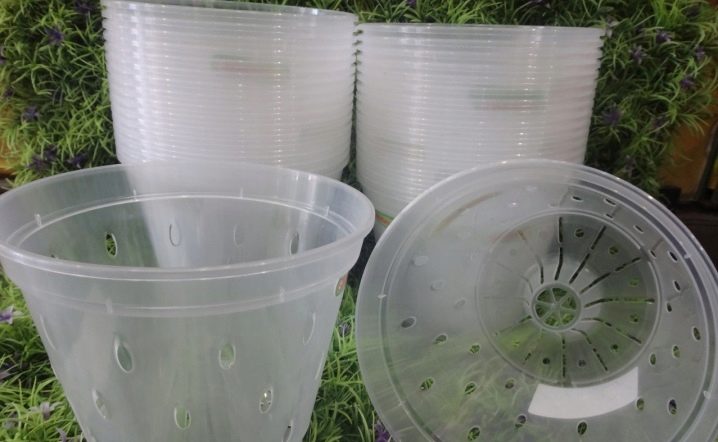
In order for the flower to develop well and bloom magnificently, it is necessary, among other things, to adhere to a moderate temperature regime - 22-26 degrees. In spring and summer, it is necessary to place pelargonium in the open air, and in winter to remove it from places where cold or blowing can come from. The moisture level in the room must be kept at an average rate. From time to time you need to open the windows so that fresh air enters the room, this is the prevention of parasites and diseases. In addition, you do not need to use a sprayer with water, only in the case of an extremely dry air.
For better oxygen penetration into the soil, it should be loosened regularly.It is necessary to actively feed pelargonium from the beginning of the spring period until late autumn. The necessary fertilizer mixtures can be purchased at specialized stores. In the spring-autumn time, you need to spray the flower with fertilizers somewhere a couple of times a month. In winter, it is better to refuse feeding altogether. In winter, the plant is placed in a darker place, and the watering regime is reduced to once a week and a half. It is better to place pelargonium in a room with a temperature below 20 degrees (15-18 will be optimal).
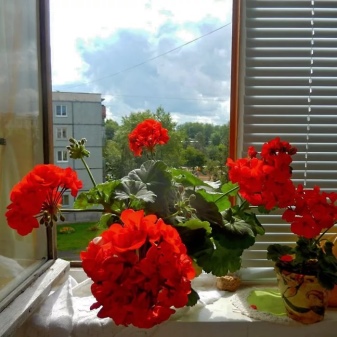
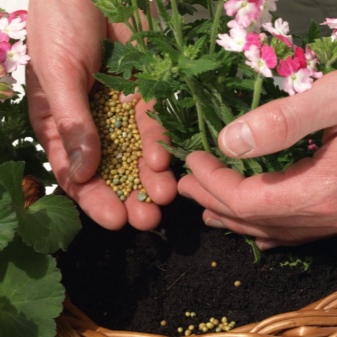
Subject to the above tips and tricks, this beautiful flower will constantly delight you with its bright and luxurious flowering.
An overview of PAC Viva Carolina pelargonium can be seen in the video below.































The comment was sent successfully.